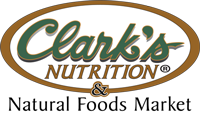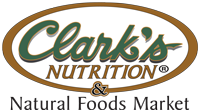Gluten Free
What does following a gluten-free diet mean? That you're embarking on an easy diet with a wide range of health-promoting effects. Instead of dwelling on what you’re giving up, consider that you’re going to enjoy a whole new world of delicious food options to meet your special dietary needs. You’ll be eating seasonally, choosing more fresh fruits and vegetables, focusing on meats, seafood, poultry, legumes, lentils, corn, and rice, and discovering fascinating ancient grains such as quinoa, amaranth, and millet. You’ll be able to eat potatoes, eggs, most cheeses, even chocolate (!)—and enjoy them without guilt because you’ll be taking good care of your body. In fact, you’ll probably end up eating—and feeling—better than ever!
Visit this page for more information about living Gluten Free
---
We carry a large variety of gluten free items, the brands listed below represent just some of the offerings we carry
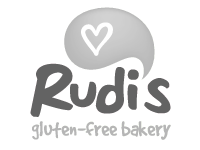

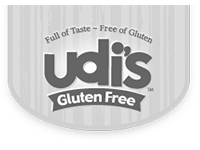
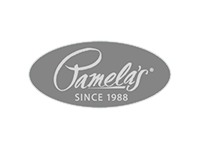
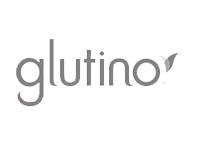
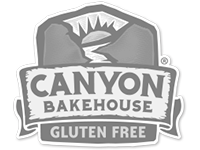
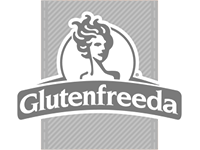
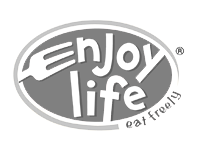
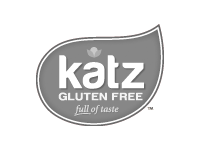


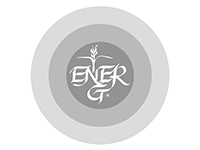
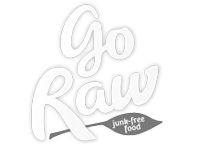
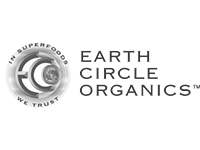
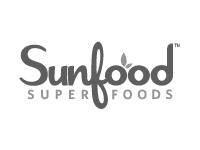
More Diets
Women: Tips to Reduce Fibrocystic Breast Changes
Fibrocystic breast disease (also called fibrocystic breast changes) is a common and often painful non-cancerous breast condition. Some women have experienced improvement in, or elimination of, the lumps by completely removing methylxanthines (caffeine, theophylline, and theobromine) from their diets for one to six months. For women over age 45, it may take longer (a year or more in some cases) to see improvement. Methylxanthines are present in foods and beverages such as coffee, tea, colas, and chocolate, and in some medications. Merely cutting back on methylxanthines is less effective than avoiding them completely.
Nutritional supplements that have been found to be beneficial for fibrocystic breast disease include vitamin E, thiamine (vitamin B1), and iodine. Consult your doctor to determine the appropriate dosages, particularly in the case of iodine, which can sometimes cause adverse effects at the dosages needed to be effective.
Source: Nutritional Medicine
Copyright © 2025 TraceGains, Inc. All rights reserved.

